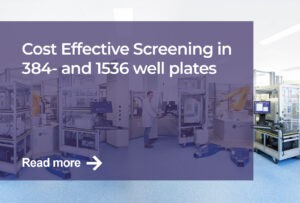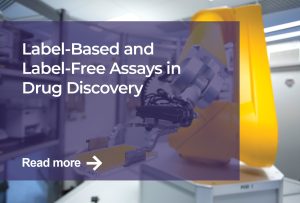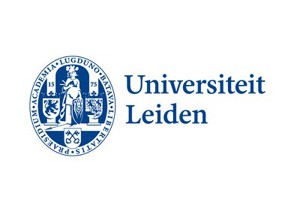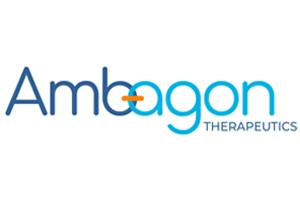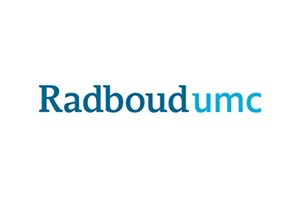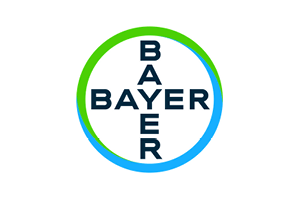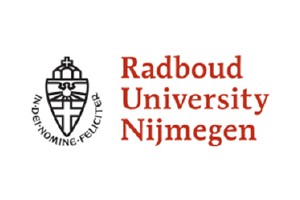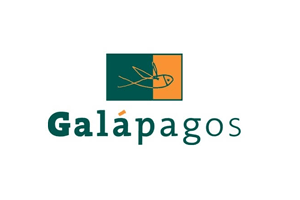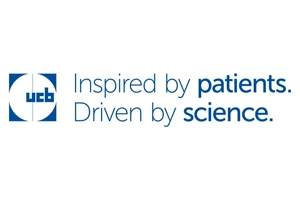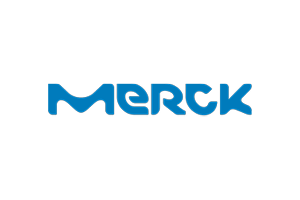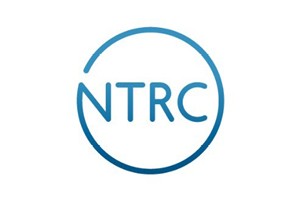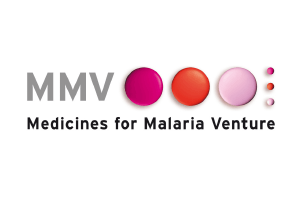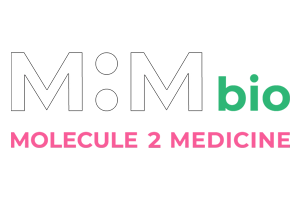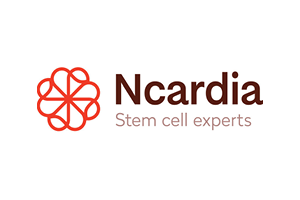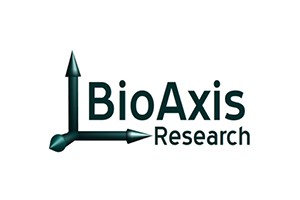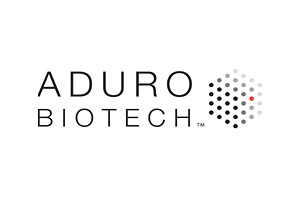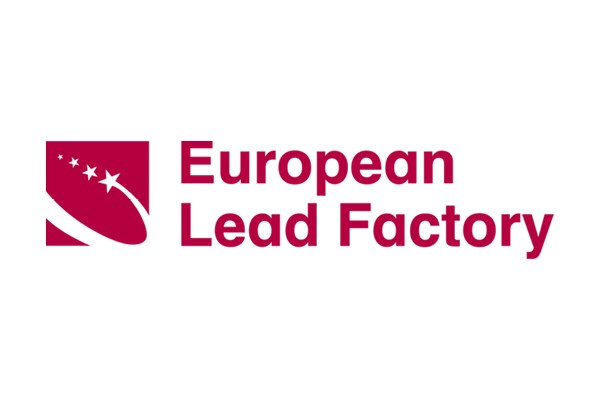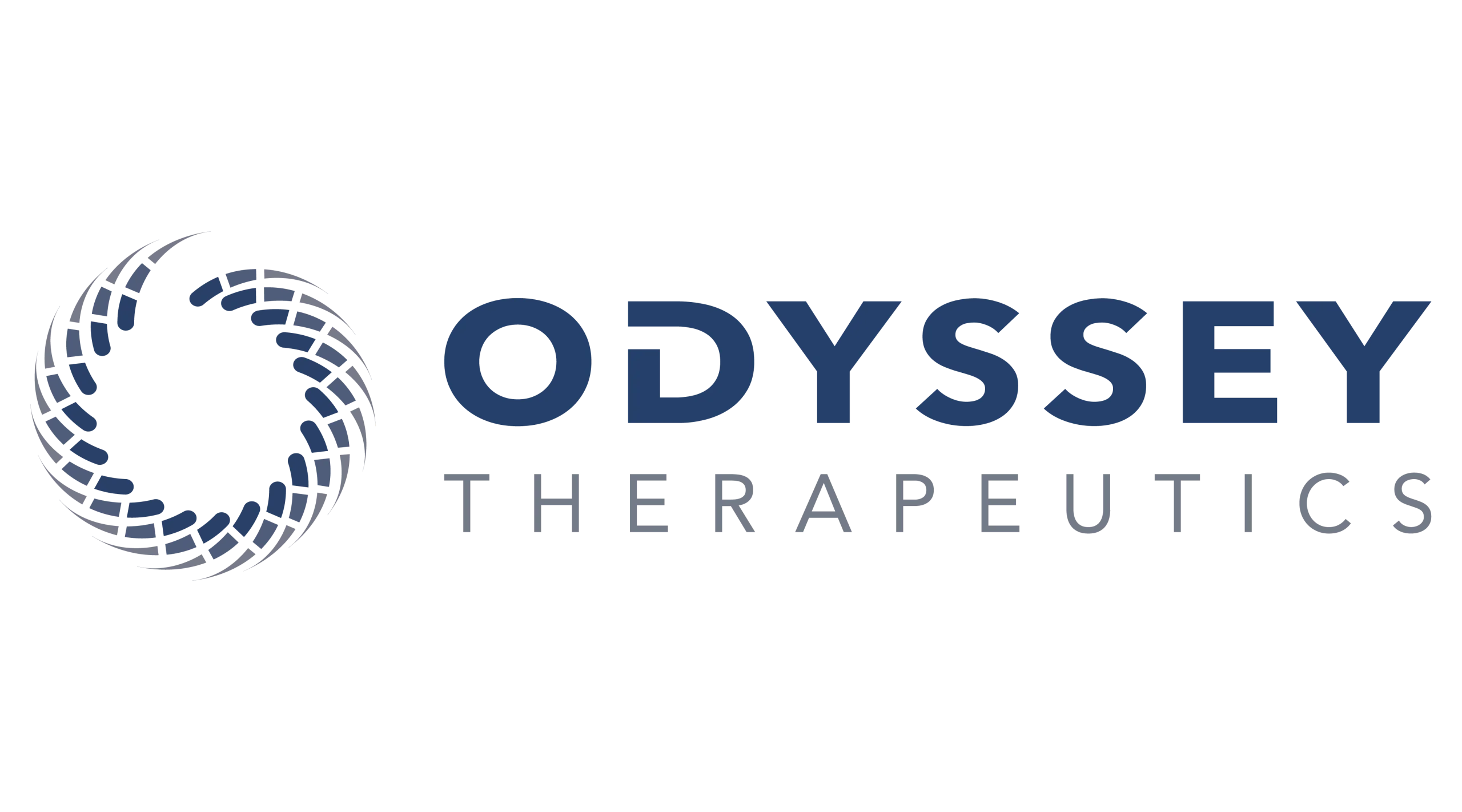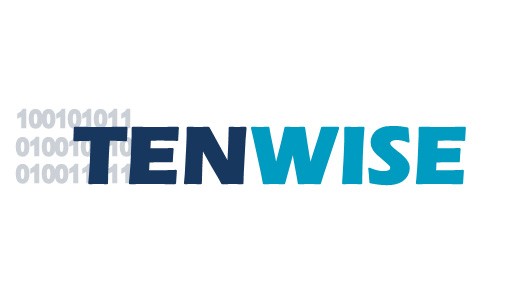Today I am bringing home-baked cookies to work, since we are finalizing our internal project that was used as a study-case for comparing a fluorescent to a mass spectrometry (MS) based assay in ultra-High Throughput Screening (uHTS). Since 2019 the Cybio Well Vario and the rapifleX Maldi PharmaPulse® are integrated in our daily high-throughput platform at PPSC. This makes it possible to prepare the samples and analyze them by mass using the matrix-assisted laser desorption/ionization time-of-flight (MALDI-TOF) in 1536-well format. With this system, we can now directly track molecule(s) of interest without introducing labels in the assay.
The most obvious benefit of analyzing the sample label-free with MS is that a natural substrate can be used or at least a substrate that is more identical to the natural substrate. Selecting actives based on a MALDI-TOF readout will also reduce the risk of technology interfering false positives and negatives. We observed with our internal project that indeed less false positives and negatives were identified when using a label-free substrate based on the robustness set. In addition, active confirmation of the hits derived from a screen of 25K compounds resulted in a lower false positive rate (20 % for the MS assay versus 30 % for the fluorescent assay). Consequently, the added value of having a higher hit quality in my view is that less effort is required for follow-up hit confirmation (deselection and orthogonal assays) and more time can be spend to e.g., selectivity or cellular assays.
Of course there are not only advantages of running an MS assay. One important aspect that I would like to highlight is how to quantify these assays since there is no direct relationship between the intensity of peaks in one spectra. Indeed, observing a higher intensity for ‘molecule A’ compared to ‘molecule B’ does not mean that there is more ‘A’ physically present in a sample compared to ‘B’. There are two quantitative methods when running MALDI-TOF uHTS assays based on the conversion of substrate to product (relative quantitation) or based on the intensity of product and isotope (absolute quantitation). During the initial feasibility phase for each MS project at PPSC, we start in the lab with assays based on relative quantitation, because the most important step is to examine the detection limits of the product. Once moving towards assay development for uHTS, I strongly recommend introducing the isotope to have a robust assay. Using relative quantitation as read-out, we observed a higher coefficient of variation (CV) of the positive and negative controls (> 15 %) compared to approximately 3-5 % when using an isotope for absolute quantitation. I am aware that isotopes are not always commercially available or custom synthesis is very expensive. We were facing this problem during one of our MS projects last year. In the end, we tested several analogs nearly identical to our product and found one that could serve for absolute quantification of this specific small molecule.
Being very enthusiast about this new innovation, we learned already in a short amount of time that some assays are more suitable for an MS readout than others, which is mainly dependent on the ionization characteristics of the product. For example, peptides bearing positively or negatively charged amino acids will ionize better than neutral charged peptides. If the assay allows, the detection of a peptide-based product can be improved by adding one or two amino acids to the substrate sequence resulting in a higher charged product. Another difficult product to detect are nucleic acids, as expected we noticed various adducts when analyzing such a molecule in a salt containing buffer that complicated quantification of the target. As lessons learned from all our projects so far, examining the feasibility of the expected product goes along with optimizing various assay buffer components and their concentrations before continuing assay development.
At this moment we have experience with detecting a wide range of molecules with MALDI-TOF based 1536 assays, including small molecules, peptides and natural substrates. Altogether, our trained team of MS specialists has successfully developed over 10 uHTS protocols in the last two years. A new trend in literature is to perform biophysical and cellular MS screens, so far performed in 384-well format. I am looking forward to the next generation MS uHTS assays, where we are going to examine the possibilities of cellular and biophysical screens.

